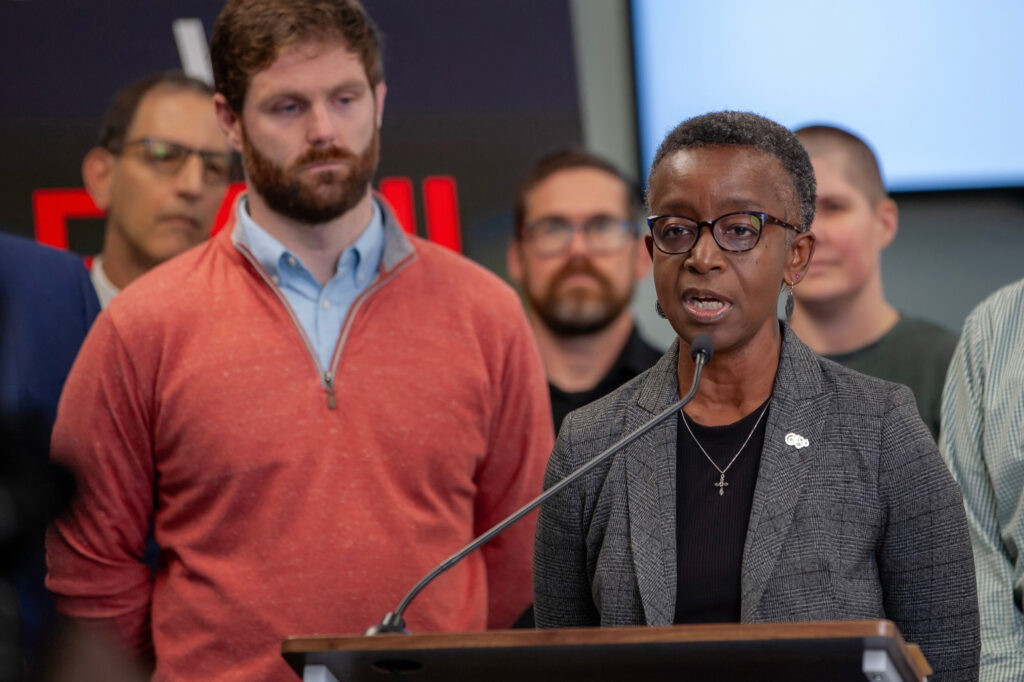By Joel MacManus
Copyright thespinoff

Once water reform is out of the way, all eyes will turn to the complex, expensive quagmire of the council’s social housing.
For many years, the role of mayor of Wellington has been the biggest hospital pass in New Zealand politics. The capital is a city with myriad post-earthquake infrastructure problems, the council is saddled with big bills, and the mayor shoulders all the blame from the frustrated public.
The winner of this year’s election will be in a better position than any mayor in a decade. The town hall, central library and Civic Square rebuilds are almost done. Changes to earthquake-prone building laws are under way. Water reform is finally happening; transferring ownership of the pipes from the council into a new regional entity.
Once those issues are packed off, the next big thorny question will be: what should we do about the council’s social housing?
Wellington City Council owns 1,900 social housing units, housing 3,000 low-income tenants, through its community housing provider Te Toi Mahana. Because it charges below-market rents, the operation runs at an annual loss, subsidised by council debt. More significantly, many of the council flats are in terrible condition, well short of healthy homes standards, riddled with earthquake issues. In April, the council committed to a $440 million upgrade programme, which isn’t really something ratepayers can afford, but no one seems to have a good alternative.
Council housing has been a minor theme of the mayoral election. Ray Chung likes to list the cost as an example of irresponsible spending, but he hasn’t offered any realistic solutions; he typically hand-waves it away by saying the council should sell its housing to the government, without explaining why the government would want to take on such a liability. Andrew Little’s housing policy committed to funding the upgrades with no reduction in social housing provided by the council.
Diane Calvert wants a new deal between the council and central government to fix it. Her proposal is light on detail, but that’s to be expected; you can’t really campaign on future negotiated terms. Where it gets tricky is that there is technically still a deal between the two in place, which the council may not be able to uphold. And the council is only involved in social housing in the first place because of another deal between the two, which central government reneged on decades ago.
In the post-second world war period, New Zealand cities experienced a rapid population boom associated with the growth of the public sector and manufacturing jobs. Returning soldiers flocked to the cities, Māori migrated from rural to urban areas. The demand for housing massively outstripped supply. The state housing programme helped young families and the gainfully employed into homes, but many fell through the cracks, especially elderly and low-income single people, who were often ineligible for state houses.
Council-owned flats filled the gaps. Throughout the 20th century, councils provided homes for pensioners, the disabled, and other marginalised groups. This was made possible through an accord with the government, which provided cheap loans to councils, making it financially viable for them to build and maintain these flats. That all came to an end, like so many things in New Zealand, with Ruth Richardson and 1991’s “mother of all budgets”, which ended the low-cost loans.
This left councils up shit creek without a paddle. Most had only got into the social housing business because of this support. Without it, the economics of the situation suddenly looked a lot dicier. So, pretty much every council stopped building council flats. But they still had the problem of the ones they already owned. The ongoing cost of maintenance and repairs for thousands of homes suddenly got a lot more expensive – and it’s not as if councils could just jack up the cost of rent; the whole point was to provide low-cost housing for people on the periphery of society.
To make matters worse, council flats were excluded from the main government housing subsidy. The income-related rent subsidy (IRRS) caps the rent social housing tenants pay at 25% of their income, with the government paying the remainder up to the market rate. But it’s only available for those paying rent to Kāinga Ora or Community Housing Providers (such as iwi, charities or other non-profits). That meant council tenants paid more, and it’s essentially impossible for councils to run social housing sustainably.
Some councils got out of the game entirely. Auckland Council sold its 1,671 units to Housing New Zealand for $83 million in 2003. Others pivoted to the Community Housing Provider model so they could access the subsidy. Christchurch City Council leased its 2,250 units to the Ōtautahi Community Housing Trust in 2016. Wellington City Council followed suit in 2023, leasing its 1,900 homes to the newly created Te Toi Mahana. The problem is that only new tenancies are eligible for the IRRS. Existing council tenants don’t qualify. So hundreds of tenants are stuck paying more than they should be – but they’re unable to leave for fear of losing their subsidised housing altogether.
The far bigger problem is the capital costs of repairing the buildings. Most of Wellington’s council housing stock was built in the 60s and 70s during the heady boom of low-interest construction. Much of it is in terrible condition. In 2007, WCC signed an agreement with the Labour government, a financial partnership to fix up the houses. The government contributed a $220m Crown grant to fund the first half of the upgrade, 940 units, which was completed in 2018. In exchange, the council promised to fund all other replacement and renewal costs for its housing and continue operating its social housing for 30 years.
At the time, the second half of the upgrade was estimated to cost $180m. But with earthquake strengthening, further deterioration and increased cost of construction, it’s now estimated to cost $440m. That’s more than half a million dollars per unit for repairs – not too far off the cost of building them from scratch. The council doesn’t want to have to pay that cost. Ratepayers certainly don’t. Central government doesn’t want them to either; it goes against Christopher Luxon’s “back to basics” mantra for local councils. But the government isn’t volunteering to take on the council’s debt, and there is no obvious way out without causing an immense amount of pain.
There are moral implications here: if the council simply shut down its housing arm, it would leave thousands of residents without homes, a crisis that none of the city’s social services are remotely prepared for. Many would end up on the street. Some would die. Simply ignoring it isn’t much better either; many council tenants are in barely livable tenancies that are getting worse by the day. And reneging on the accord could potentially mean the council has to pay back the $220m Crown grant.
When I spoke with Diane Calvert about her proposed deal, she said, “We have a lot of creative minds; there must be a more effective way to do this.” Which, depending on how you look at it, is either overly simplistic or the only intelligent thing you could say about this situation. One option is that the council could partner with the government on some new Kāinga Ora developments, such as the stalled projects at Arlington in Mt Cook and on Adelaide Road, and transfer existing council tenants into the new buildings. Even if the council paid 50% of the build cost, it could end up cheaper than the current upgrade plan, with better outcomes for tenants.
It’s clear something has to change. Any solution will have to involve the central government. Even if the government doesn’t help out on this current repair bill, the current accord only has 12 years left to run. Once that is over, both parties are going to have to figure out a new plan to keep the tenancies running.
The challenge for the next mayor is that the relationship between Wellington City Council and central government has never been worse. Luxon and his ministers have often used Wellington as a political punching bag, and mayor Tory Whanau hasn’t hesitated to hit back. Unfortunately for the council, central government is the one with the power and the money in this relationship, so reaching any solution is going to take some grovelling.



